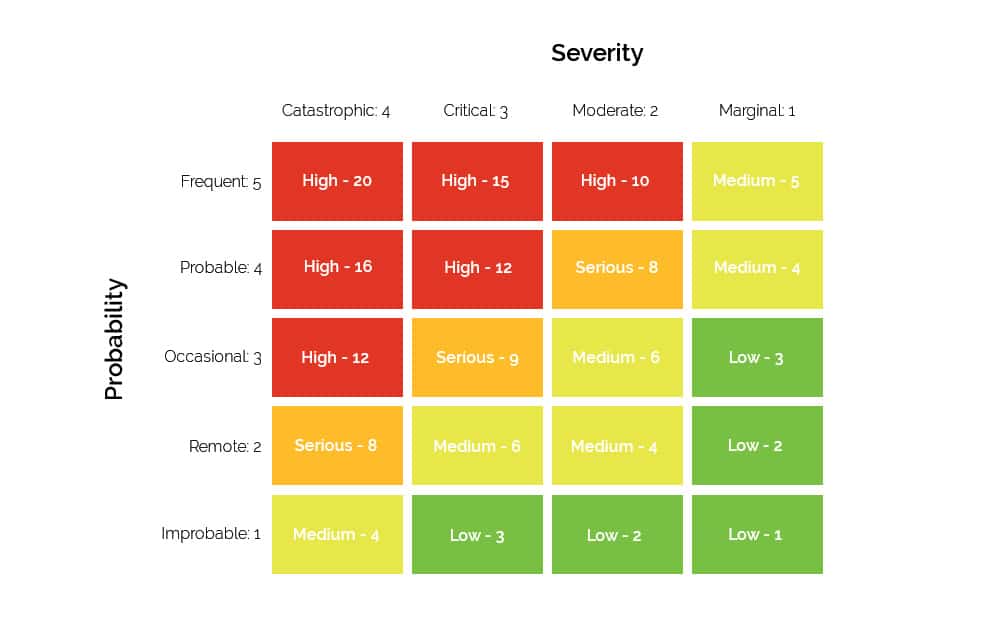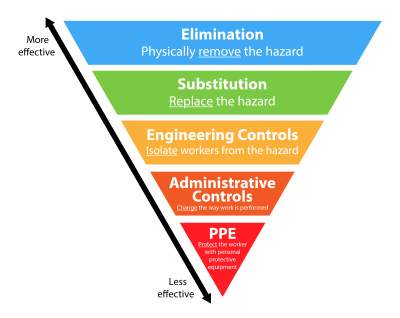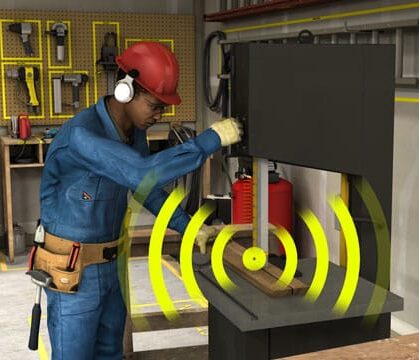May 6, 2020 6 min read
ABCD: The Four Parts of a Learning Objective
Industry:
Solution:
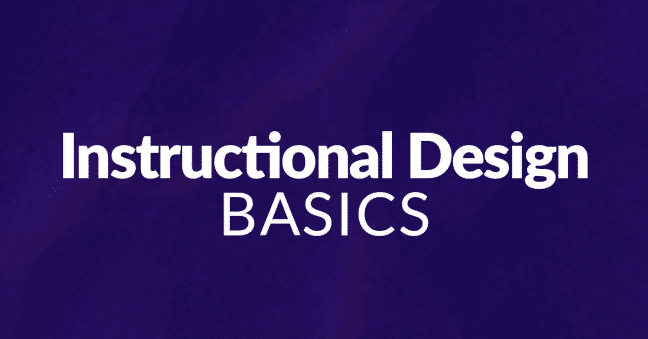
[This is the fourth in a series of posts about learning objectives. We’ve now compiled all the posts into a single downloadable guide to writing learning objectives PLUS you can check out our Introduction to Learning Objectives recorded discussion with learning researcher Dr. Patti Shank.]
A simple way to make sure you’re building a useful learning objective is to use the ABCD method. Each letter in ABCD stands for a different part of your learning objective. These different parts answer four questions about your objective: who, what, how, and how well.
We’ll spell it all out for you below. Then you can use this information to create better learning activities as part of your workforce training program (or similar learning program).

Vector EHS Management Software empowers organizations – from global leaders to local businesses – to improve workplace safety and comply with environmental, health, and safety regulations.
Learn more about how our software can save you valuable time and effort in recording, tracking, and analyzing your EHS activities.
Learn more about how we can help:
- Incident Management Software →
- EHS Inspection Software →
- Key Safety Metrics Dashboard →
- Learning Management System (LMS) and Online Training Courses →
- Mobile Risk Communication Platform
Download our EHS Management Software Buyer’s Guide.
What Is a Learning Objective & Why You Should Write them Well
Let’s take a brief moment to explain what a learning objective is and why it’s worth knowing how to write them well for job training and skill development.
Before you begin designing training, it’s important to ask yourself what the purpose of the training is. Presumably, that purpose includes:
- A larger goal that your organization is trying to reach–introduction of a new product or process, higher profits, compliance, or something like that
- Job tasks that employees are supposed to learn and be able to perform after the training is over, with the assumption that teaching employees to perform those tasks will help the organization reach that larger goal
Your learning objectives for training are centered around point 2, above: what skills employees have to be able to perform when the training is done. And that’s so they can then perform those skills on the job.
Once you’ve identified the learning objective(s) for your training, you’ll use them to:
- Guide you in the creation of your learning assessments (the level 2 “tests” at the end of training to see if workers really CAN perform those skills)
- Guide you in the creation of your learning content and learning activities, including only the content necessary to help employees learn to perform the skills and using learning activities that in fact DO help employees learn to perform those skills
- Let employees know what training will be about and what they will learn (this “primes” them to learn and provides the “what’s in it for me?” or WIIFM aspect
- Later evaluate your training to see if it was effective (in so-called “level 3” and “level 4” training evaluations)
If you don’t write good learning objectives before you design, deliver, and evaluate your training, you’re the proverbial ship sailing the ocean without a compass.
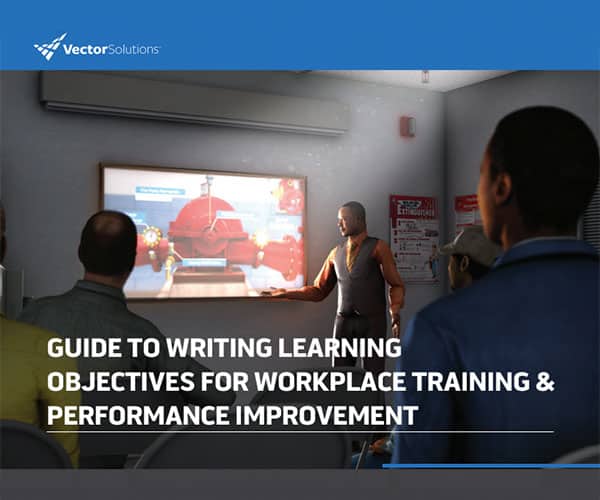
The Four Parts of an ABCD Learning Objective
A classic way to think about constructing a learning objective is that it should have four parts. It’s not always the case that you’ll need each of the four parts, but it’s definitely a good idea to at least consider the need for each to ensure the learning objective is as clear, actionable, and measurable as possible.
The four parts can be remembered with the simple acronym ABCD, which stands for:
- Actor
- Behavior
- Conditions
- Degree
Let’s take a closer look at each.
A is for ACTOR
Every learning objective should state something that the learner should do. Sometimes, your objective may refer to the “actor” in general terms such as “the learner” or “you.” Other times, you may identify the actor by his or her job role, such as “the customer service representative” or “the press operator.” Regardless, remember that each learning objective states something that the actor must be able to do after the training. This is the “WHO?” of your objective.
Note: In courses with multiple learning objectives, it’s fine to begin a list of objectives with something like “the learner must:” written only one time. In other cases, you can leave the actor implicit and not state this directly, but be certain to keep the actor in mind when writing the objective. Remember that your goal is to help real people perform necessary tasks on their real jobs.
B is for BEHAVIOR
Every learning objective should state something that the learner must do—a behavior of some sort. And these behaviors should duplicate or closely resemble the task the employee will have to perform on the job. So, for example, if your training is designed to teach a machine operator to operate a machine, the behavior in your learning objective would be something like “operate the machine” and not something like “explain the steps of operating the machine.”
Ideally, the behaviors of your learning objectives will mirror the real tasks the workers will actually perform on the job. That’s the point of workforce training, after all–to teach people to perform their job tasks.
A final note–be careful not to write objectives about employees “knowing” or “understanding,” because (1) in most cases, people don’t get paid to simply “know” or “understand” on the job, (2) it’s impossible to observe if someone knows or understands, and (3) reasonable third parties can disagree if an employee knows or understands. Yes, we do use knowledge on the job, but we use it to make decisions or perform tasks–focus your objectives on the things we do with knowledge on the job.
Note: People sometimes refer to this as the “observable verb” step because behaviors must be stated as a verb that you can observe: define, state, build, construct, change, etc.
C for CONDITIONS
Many times, the learner will have to perform the learning objective’s behavior within a set of given conditions. For example, you might say “given a list of words, circle the ones that are part of a given machine,” or “given a wrench, tighten this bolt,” or “given a schematic diagram, correctly identify the machines in a work area.” This is the “HOW?” of your objective.
Note: There may be times when a condition is not necessary, but always check to see if it’s appropriate to add one.
D for DEGREE
This part of the learning objective explains the criteria for performing the task well enough. Examples here include “in less than ten minutes,” or “with 90% accuracy,” or “90 times an hour.” This is the “HOW WELL?” of your objective.
Note: There may be times when a degree is not necessary, but always check to see if it’s appropriate to add one.
Conclusion: ABCD Learning Objectives
A, B, C, D–four easy steps for building a learning objective that includes all the information it should. Create learning objectives following this model and you’ll have a solid blueprint for your learning assessments, learning content, learning activities, and learning evaluations as well.
How could you NOT like a simple tool like this? Try the ABCD method the next time you create some learning objectives and you’ll notice how it keeps you focused on the things you really need to include in the objective (and helps you weed out the stuff you shouldn’t include).
To learn more about this, check out our recorded discussion with evidence-based learning researcher Dr. Patti Shank on Learning Objectives.
Still curious? If you’re really interested in learning about learning objectives, try these articles too:
- What Is a Learning Objective?
- Why Create Learning Objectives?
- The SMART Test for Learning Objectives
- Four-Part ‘ABCD’ Learning Objectives
- Robert Mager’s Performance-Based Learning Objectives
Let us know if you’d like help with workforce training management, online workforce training, or custom training materials, too.





